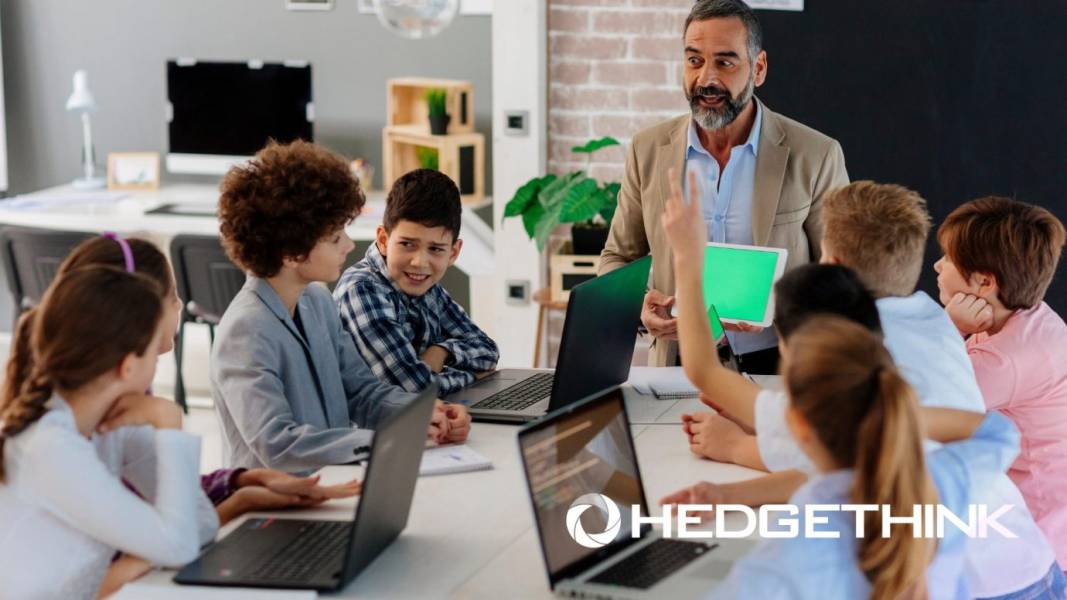Technology plays a huge role in our daily lives. Thus, understanding the basics of coding and programming can open up a world of opportunities for children. However, for parents unfamiliar with coding, the concept can be daunting. What is block coding, and why should parents consider enrolling their children in coding classes for kids? These are some questions we’ll try to answer in this post. Whether your child is just getting started with coding or has shown an interest in technology, this article will provide the information you need to help them grow and develop.

What is Block Coding?
Block coding is an easy and fun way for children to start coding. It is a programming language that uses visual blocks instead of text-based code to introduce children to the basics of coding and computer programming. With block coding, kids don’t need to write complicated lines of code; instead, they’ll use the blocks themselves to code. Each of these blocks has prewritten code with a specific function.
With block coding, kids can drag and drop blocks representing commands and command sequences, allowing them to see the logic behind the code and understand how their actions are translated into functioning programs. They can pick the desired block, drag it, and drop it into the input space. After that, they can choose another group of code blocks to add to the field until they’ve created a coding sequence that develops their invention.
Importance of Block Coding
Block coding is great for teaching kids how to code since they don’t need to write any actual code. It might be challenging for youngsters to grasp complicated lines of code and type them, but imagine how much simpler it would be for toddlers to comprehend the same idea if the codes were concealed within graphic blocks. This is precisely what block coding entails.
It’s a great entry-level programming language for kids because once they start using it to create their projects, they’ll get the hang of it and quickly pick up more advanced concepts.
However, it does more than teach students to code; it also helps children develop a wide range of skills, including computational and mathematical proficiency, creativity, problem-solving, and more. In addition to the many educational benefits, block coding provides children with a fun and creative outlet by creating their own video games and other projects.
What Can Kids Build With Block Coding?
With block coding, kids can build the following:
• Games: Games development is the primary application of block coding. Kids can use block coding to create simple games such as platformers, puzzle games, or arcade-style games.
• Animations: Children can use block coding to create simple animations. Their animations can feature various musical styles, movements, and characters.
• Robotics: Block coding can be used to program and control robots, teaching kids about hardware and software interactions and helping them understand how robots can be used in real-life scenarios.
• Apps: Kids can use block coding to create simple mobile apps
Coding Programs for Kids
These coding programs are specifically designed to teach children the basics of programming and computer science. Coding programs typically use a visual, block-based interface to make coding concepts easier to understand and are often aimed at children between the ages of 5 and 16. These coding websites can help your children better understand how coding works.
Pros of Block Coding For Kids
Syntax-free
When it comes to text-based programming, one of the most challenging elements is syntax. One of the most common mistakes in syntax-based coding is the accidental omission or substitution of a single character. With block-based coding, the syntax is not necessary. Children don’t have to stress over making syntactical mistakes. All they have to do is think about the function of each block and how those blocks interact with one another.
Visual Learning
Block coding is entirely focused on visual coding methodologies. The children only need to click on the code blocks and then drag them together. A visual depiction like this is invaluable if you want to demonstrate the interdependence of different parts of code. It also helps students enhance their typing abilities, which helps them learn the fundamentals of coding.
Block coding prepares kids for the future and fosters creativity and innovation. Encouraging your child to explore block coding can provide them with a valuable foundation for a future career in technology. It can also be a fun and engaging activity that they will enjoy.
Read More:
what is one benefit to working collaboratively on a team?
HedgeThink.com is the fund industry’s leading news, research and analysis source for individual and institutional accredited investors and professionals








